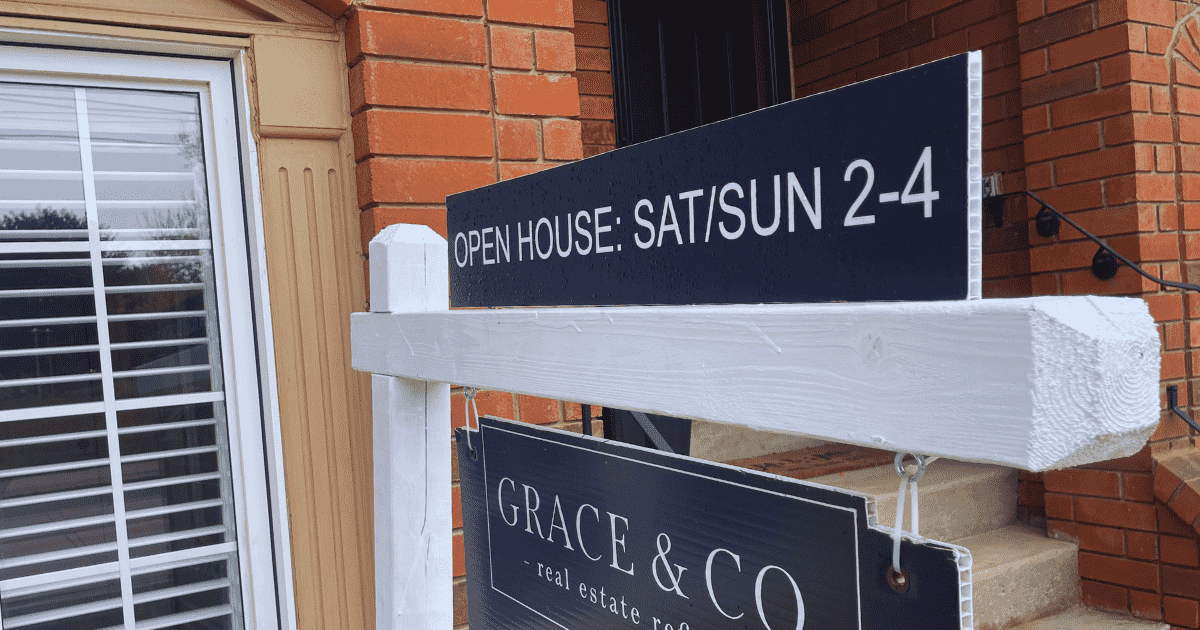Environmental, Social and Governance (ESG) factors are increasingly important considerations for occupiers, tenants, managers and investors in Canadian real estate. At the building and portfolio level, we see increasing demand and regulatory pressures for disclosure of building performance, physical climate risk and social impacts including physical accessibility and inclusion.
B Corp framework to bring ESG goals into real estate business strategy
ESG can be integrated into any business operations and marketing context. The essential ingredients are measurement of current state performance and identifying smart, actionable activities to create a pathway to get your business to a more progressive place.
One of the best frameworks that I’ve seen for bringing ESG goals into business strategy is defined by B Corp.
B Corp stands for “Benefit Corporation” and is a corporate certification process that brings social and environmental business best practices together with a rating system. B Corps that you may know include Patagonia, Business Development Bank of Canada and Bullfrog Power.
ESG value propositions in real estate: Measure, categorize, discover, decide
In the Canadian real estate context, ESG-based value propositions can assist in differentiating your business and creating genuine benefits for the communities that you work in.
Many Realtors are community leaders with businesses integrated into the fabric of their community. This can manifest as sponsorship of local sports teams, contribution to community fundraising, support of local community groups and active volunteerism.
As a result of the community-centricity of many real estate practices, introducing ESG factors into your real estate value proposition and strategic goals can begin with:
1. measuring your current contributions to the community,
2. categorizing these into Environmental, Social and Governance and
3. discovering and deciding how to include these important contributions that benefit your community in your value proposition and marketing.
Competitive industry advantages
To get insights into the importance of ESG at a marketplace level, I reached out to Philippe Bernier, executive vice president, strategy and growth at JLL Canada. Bernier focuses on knowledge and advice regarding asset renewal toward decarbonization.
He points out, “Every property, whether residential or commercial, has a defined set of local competitors, properties that compete against one another for tenants or buyers. Today, there is also a limited supply of decarbonized buildings and a clear gap relative to demand.
According to Bernier, when it comes to tackling carbon emissions, there are clear competitive advantages: “A building will better compete to win high-quality tenants and will improve bid depth and liquidity at time of sale. Furthermore, decarbonized buildings are increasingly more attractive to both appraisers and lenders,” he explains.
Global supply gap of low-carbon buildings shown in major Canadian commercial markets
ESG in buildings is measured with emphasis on energy efficiency and operational carbon emissions, and with growing attention to embodied carbon from materials selection. The conversation about physical climate risk is also increasingly included in ESG measurement. Occupancy benefits are often reflected in increased tenant comfort, satisfaction and well-being, as well as in improved employee attraction and retention.
According to JLL Research, there’s a global supply gap of low-carbon buildings, which is reflected in Canadian commercial marketplaces such as Toronto and Vancouver. For example, the group notes that 89 per cent of Toronto’s top occupier base for office have publicly committed carbon-reduction targets, and 59 per cent of known demand will not be met in 2030 if no further action is taken to accelerate retrofits and low-carbon construction.
This unmet supply gap demonstrates an ongoing need for accelerated new build and retrofit commercial spaces to meet existing and emerging demand.
Key value prop: Help clients understand an asset’s energy efficiency, carbon emissions & decarbonization potential
When we think of the highest and best use for a property, we often think of maximum rent production or optimal market resale valuation for any given location. Conventionally, we might consider this at a maximum square footage, retail frontage or marketplace-aligned finishing level.
Bernier proposes that helping clients understand their asset’s current energy efficiency and carbon emissions, as well as decarbonization potential, is an important ingredient to the value proposition of today’s real estate practitioners.
“Real estate investors with core, value-add and even opportunistic holdings can unlock additional value through purposeful carbon-emission reduction strategies. With well-timed operational and capital investments, owners can reduce whole-life costs, reduce risk and help buildings and portfolios stand out against the competition,” emphasizes Bernier.
He explains that the commercial marketplace understands this well, and many office, industrial, retail and multi-family investors also care deeply.
Essential to ‘understand basic energy consumption, carbon emissions & environmental & social building certifications’
“Low-carbon buildings are now a requirement of leading tenants, and accelerating supply is a priority for long-term investors. Put simply, decarbonized buildings perform better and are more comfortable for occupants,” says Bernier.
“For every real estate practitioner, understanding basic energy consumption, carbon emissions and environmental and social building certifications is essential.”
Bringing ESG into your real estate practice is important to your clients. There are strategic reasons to take advantage of this marketplace shift, to measure your positive contributions to society and to help your clients create greater future real estate value through progressive asset renewal oriented to decarbonization, resilience and accessibility.
The advice you give will vary based on where you are in Canada. Each jurisdiction is subject to integration with existing power distribution networks, weather patterns and physical natural hazards.
As an expert practitioner in your marketplace, there may be opportunities that are particularly relevant to your clients. Aligning your real estate value proposition to include ESG-based performance targets is easy and is a way to frame the community benefits your business already contributes.
To learn more about marketplace trends, consult JLL’s research library. To learn more about high-performance buildings, consult your local chapter of the Canadian Home Builders Association, Passive House Canada, the Canada Green Building Council and Natural Resources Canada.

Chris Chopik is an influential housing industry innovator and a respected authority working at the intersection of housing, energy, resiliency and natural hazards. Chopik’s work includes an extensive exploration of the future of “Property Value in an Era of Climate Change” (2019) where he examines the financial impact of natural hazards on property values across North America. He holds a Master of Design, Strategic Foresight and Innovation from OCAD University.














Smart companies are moving away from ESG and DEI and returning to meritocratic methods of determining the best and brightest to fill their positions. These concepts have damaged many good companies and it is high time to return to basics – high the best regardless of where their parents came from! Enough of this progressive thinking and navel gazing, time for reality to come back in vogue.